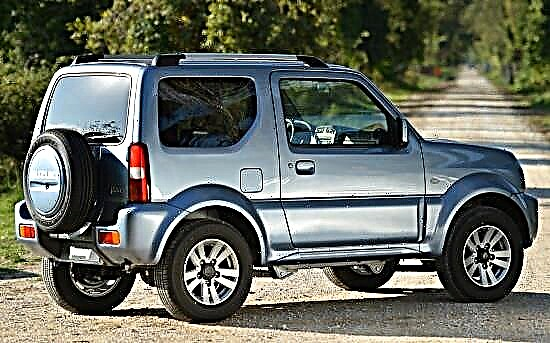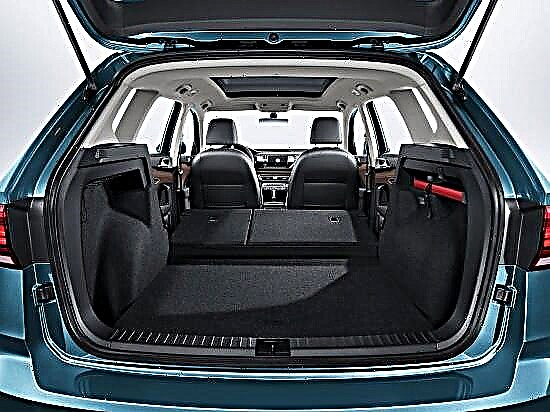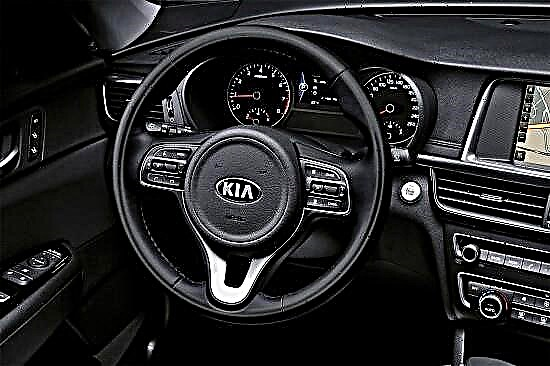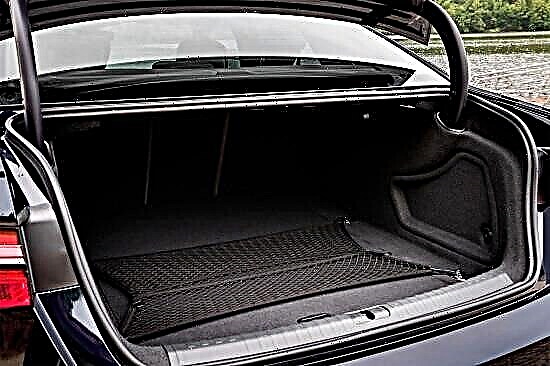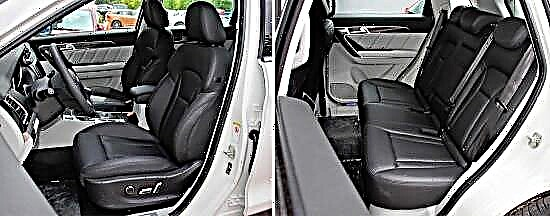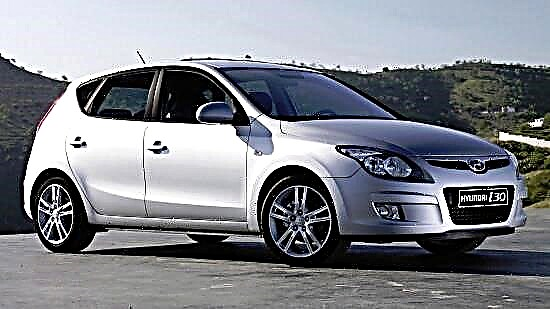Hyundai i30 is a front-wheel drive golf car (aka C segment by European standards), developed in Europe especially for European countries, which combines a nice design and a good balance of consumer qualities ... This is a suitable car (according to according to the automaker itself) both for city trips and for long trips ...

For the first time, the first-generation hatchback, which replaced the five-door Elantra version, was presented to a wide audience in March 2007 - at the international Geneva auto show, and after a few months its sales began in the countries of the Old World.
Three years later, the car underwent a small update, as a result of which it was slightly transformed externally and internally, received modernized motors (in particular, they began to correspond to a higher environmental class) and acquired new options, after which it kept on the conveyor until 2012 (it was then that model of the next generation).

Outside, the Hyundai i30 of the first incarnation is not a "written beauty", but at the same time it looks very attractive, in a European-style restrained and proportional rear overhang, lean stern with large lanterns, a neat trunk lid and a massive bumper.

"Ai-thirty" belongs to the "C" segment according to European standards: its length is 4245 mm, height - 1480 mm, width - 1775 mm. The hatchback has a wheelbase of 2650 mm and a ground clearance of 150 mm.
In "combat" condition, the car weighs from 1193 to 1429 kg, depending on the version.

The interior of the “first” Hyundai i30 leaves an exceptionally pleasant impression and captivates with its good quality - a nice and restrained design, well-developed ergonomics, high-quality finishing materials and a good level of assembly.
A "chubby" multifunctional steering wheel with a three-spoke rim, a laconic "toolbox" with analog instruments and a "window" of an onboard computer, an original center console with neatly arranged audio system and air conditioning units - the European school inside the car is felt in almost every detail.

Five adults can sit in the cabin of the South Korean hatch without any problems, and a sufficient supply of space is provided even in the second row. The front riders find themselves in the arms of dense seats with optimal rigidity "insides" and a wide range of settings, while the rear passengers are entitled to a comfortable sofa with good proportions.
The trunk of the first generation Hyundai i30 is small - in its usual form, its volume is only 340 liters. The rear row of seats folds in a 60:40 ratio into a completely flat area, which allows the storage compartment to be increased to 1250 liters. By default, the hatchback's underground niche is occupied by a full-fledged spare wheel and the necessary minimum of tools.

It is worth noting that in European countries, the car is also found in a cargo-passenger version. Stylistically, technically and structurally, the station wagon repeats the hatchback of the same name, but surpasses it in overall dimensions: 4475 mm in length, of which 2700 mm is the center distance, 1775 mm in width and 1565 mm in height. In addition, the "shed" has a more capacious "hold" - its volume varies from 415 to 1395 liters.

In the Russian market, a five-door "golf" -class is offered with two four-cylinder gasoline "aspirated" equipped with distributed fuel injection, a 16-valve timing chain drive and variable valve timing:
- The base variant is a 1.4-liter engine that generates 109 horsepower at 6200 rpm and 137 Nm of torque at 5000 rpm.
- An alternative to it is a 1.6-liter unit, which produces 122 hp. at 6300 rpm and 157 Nm of torque at 4200 rpm.
Both engines are combined with a "mechanics" for five gears and driving front wheels, and the "senior" - also with an "automatic" on four ranges (as an option).
The hatchback exchanges the second "hundred" after 11.1 ~ 12.6 seconds, accelerates to a maximum of 187 ~ 192 km / h, and in combined conditions consumes 6.1 ~ 6.9 liters of fuel for every 100 km of run.
In Europe, the car is still available with a petrol 2.0-liter "four", producing 143 hp. and 186 Nm of peak potential, as well as four-cylinder diesels with a volume of 1.6-2.0 liters, producing 116-140 hp. and 255-305 Nm.
The backbone of the original generation Hyundai i30 is a front-wheel drive architecture with a transversely oriented power plant and a monocoque body, tailored with abundant use of high-strength steel.
At the front, the car is equipped with an independent MacPherson-type suspension, and at the rear, with a multi-link architecture (in both cases, with telescopic shock absorbers, coil springs and anti-roll bars). The steering gear of the hatchback is complemented by a power steering, and all its wheels are endowed with disc devices (ventilated on the front axle) with ABS and EBD.
In the secondary market of Russia, the "first" Hyundai i30 in 2018 can be purchased at a price of ~ 250 thousand rubles.
Nominally, he is able to boast: front and side airbags, ABS, air conditioning, two power windows, heated front seats, fabric trim, heated and power mirrors, fog lights, an audio system with six speakers, 15-inch wheels and some other options.


